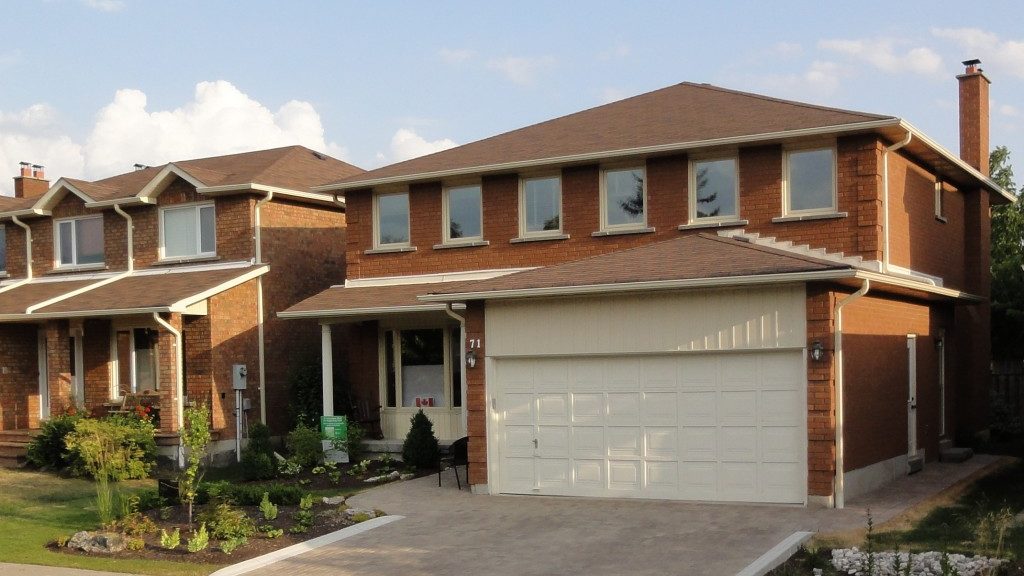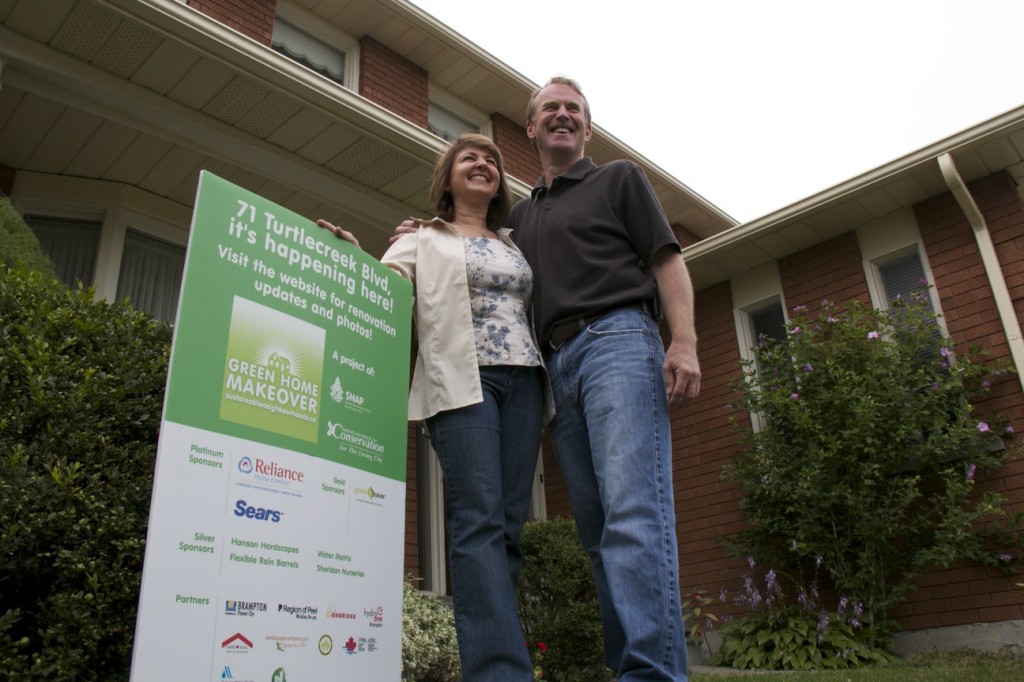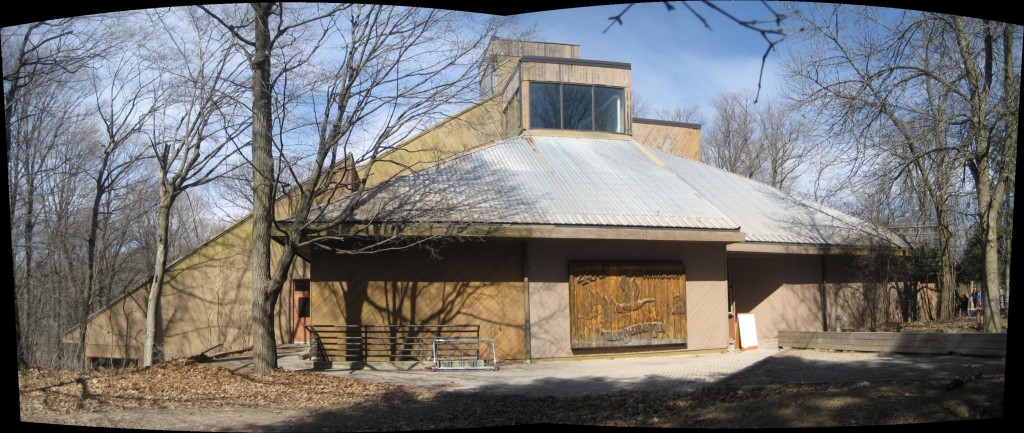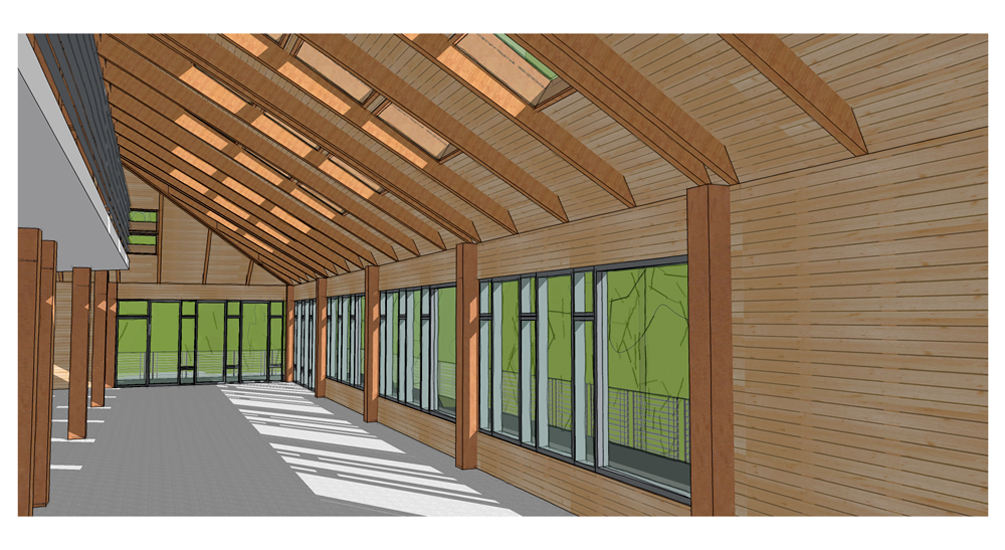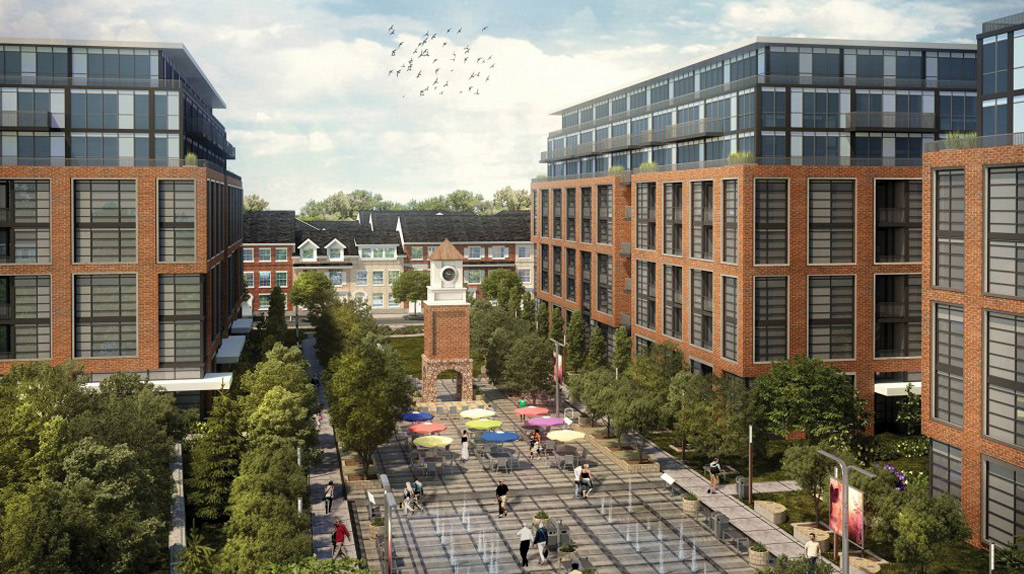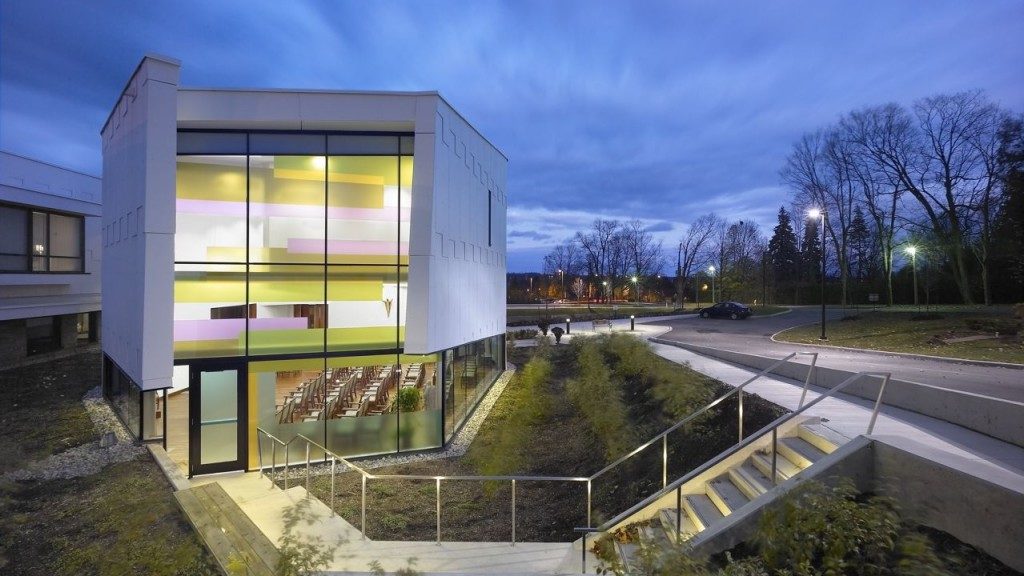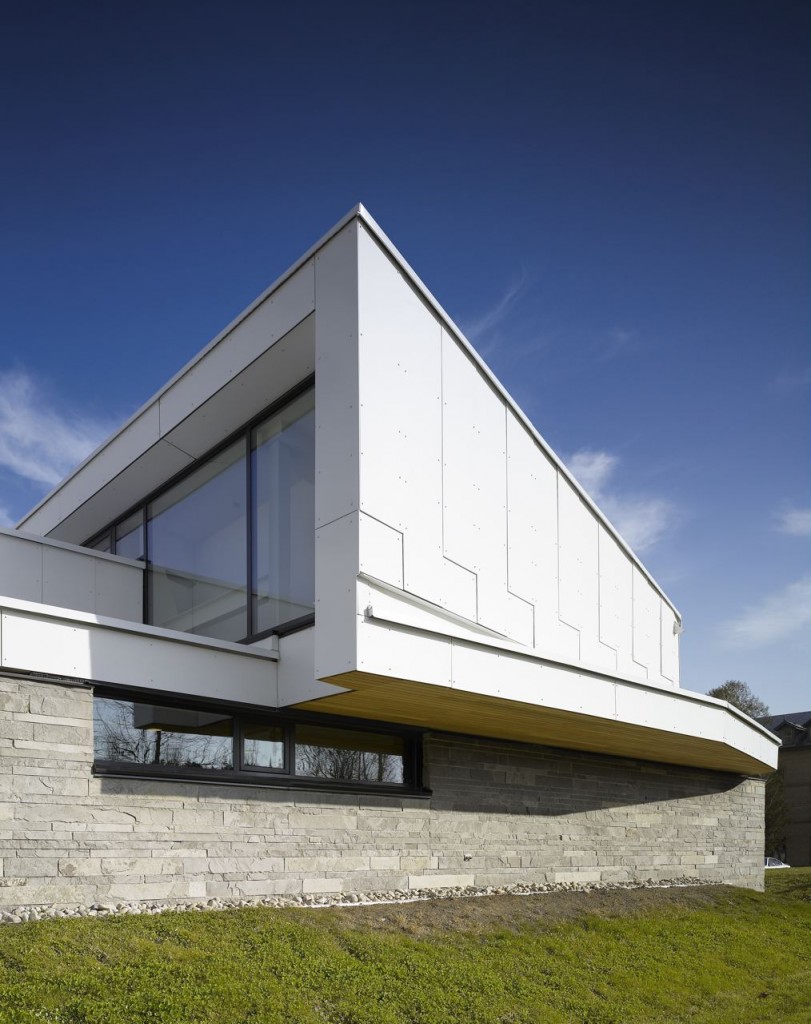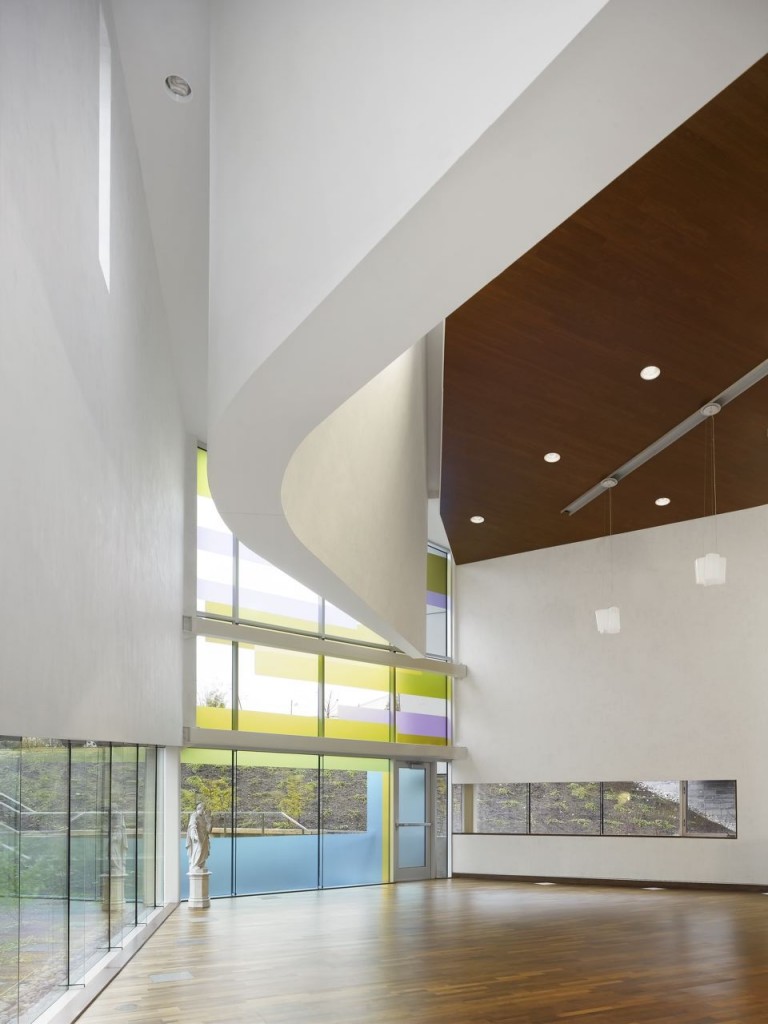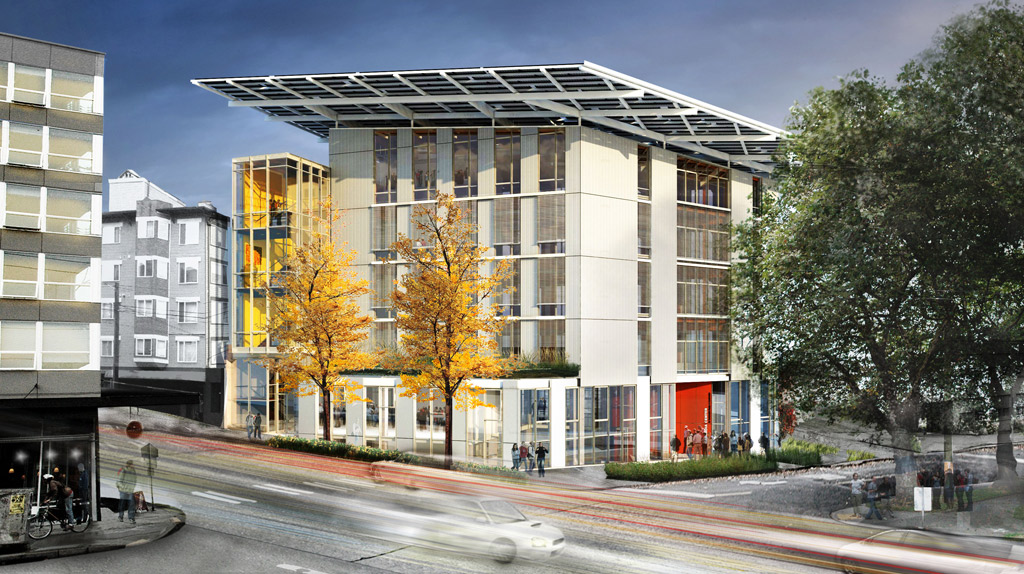Manufacturer of LiveRoof® Introduces a Planted Wall System Designed in Harmony with Nature
Green Walls Should Be Good for Plants: a Conversation with Dave MacKenzie
The team of horticultural scientists, landscape professionals, architects, roofing specialists and green building experts at Hortech, Inc. (Spring Lake, Mich.) who created LiveRoof® — the green roof system proven in more than 600 installations — have launched a new planted wall system, LiveWall®. In this interview, Dave MacKenzie, horticulturalist and president of Hortech and its LiveRoof, LLC and LiveWall, LLC subsidiaries, discusses some basic questions about green walls and the new LiveWall system.
Q: First, what is the basic benefit of a green vegetative wall?
Transforming an ordinary wall into a vertical green landscape adds a living, organic element to a building. Green walls are visually appealing, inviting and inspiring, healthful, and beneficial to the environment (especially for moderating the urban heat island effect).
Q: What are the basic types of green wall systems?
There are trellis and cable systems and planted wall systems. With the first, a metal trellis structure or set of cables are attached to the side of building and support vines that grow from the ground up. Planted walls have soil (actually, an engineered growing medium) in a set of containers attached to a wall. Thus, planted walls provide soil for the plants all the way up the wall to the height of the installation.
Q: Vines… that prompts the question why not just grow ivy on a wall?
Ivy-covered walls are the most traditional form of green wall. As a horticulturalist and nurseryman, I am reluctant to speak ill of any plant. We grow and sell ivy. But English and Boston ivy both lack colorful flowers. And they can be temperamental and aggressive. In areas of cold winters, English ivy is prone to wintertime dieback. In warm climates, it can be a chore to keep it out of windows and siding. Boston ivy is more hardy but even more aggressive.
Even when vines are grown on a freestanding trellis or cables adjacent to a wall, vines have limitations when it comes to green wall aesthetics, design and function.
Q: Such as?
There is only so much creativity that a landscape architect can bring to a green wall design when constrained to using only vines. I mentioned the lack of colorful flowers with ivy. In addition, it can take years for vines to grow and climb up to make an entire green wall green. A planted wall can support a variety of plants — annuals, perennials, succulents, tropical plants and even herbs and vegetables — and can be a complete green wall from day one. Plus, with soil in all the containers all the way up the side of a wall, planted walls provide more shading and insulation for the building.
Q: When did you start working on a planted wall system?
Well, we started getting questions about green walls almost as soon as we introduced LiveRoof in 2006. We began formal R&D efforts on planted walls in 2008 and put four years of system evaluation and prototype testing into LiveWall.
Q: Why did you decide to develop your own planted wall system?
Because we could not find an existing system that was simple to install and plant, easy to maintain and change, and good at growing plants. The biggest surprise in our tests of current systems is that even many easy-to-grow, resilient, disease-resistant plants (like Hostas, Sedums, Alliums) kept dying. No matter what we tried in terms of irrigation, pruning or fertilization, we could not keep plants healthy in the systems we tested.
So, just like in our development of LiveRoof, we set out to bring our horticultural expertise to bear to understand the problems and design a better system to solve them.
Q: Your WallTers look like window boxes.
That was the inspiration. The idea of window boxes as the model for wall planters came up in our discussions with other horticulturalists, including Ed Snodgrass [internationally renowned green roof and vegetative wall expert and consultant] and David Fell at Hawaiian Sunshine Nursery, our licensed regional grower and distributor in Hawaii.
The reason that window boxes work so well is that they provide proper orientation for roots and stems and allow for irrigation like rain. The engineering challenge was to design a vertical system that could scale up and make it practical to install and maintain an entire planted wall with perhaps hundreds of boxes. That included devising a set of components to make it a complete system.
Q: What does LiveWall cost?
Of course, I have to say that it depends. For a professionally installed system, the price range is about $90 to $125US per square foot (depending upon the size of the system, local labor rates, and the type of plants). That is all-inclusive: green wall planning and design, pre-installation consultation and technical assistance, all the system elements and components (including irrigation), all the plants, delivery, installation.
Q: How is LiveWall distributed and serviced in Canada?
Just as with LiveRoof, we have a national network of licensed regional growers. In Canada that includes LiveWall Ontario (Mt. Brydges, Ontario), Pépinière Premier Plant (Saint-Sulpice, Quebec), Eagle Lake Turf Farms Ltd. (Strathmore, Alberta), and N.A.T.S. Nursery Ltd. (Langley, British Columbia). They can customize plant selection for every LiveWall project. They can deliver the module inserts abundantly vegetated with locally cultivated plants that are full-grown and flourishing for instant results and lasting beauty.














